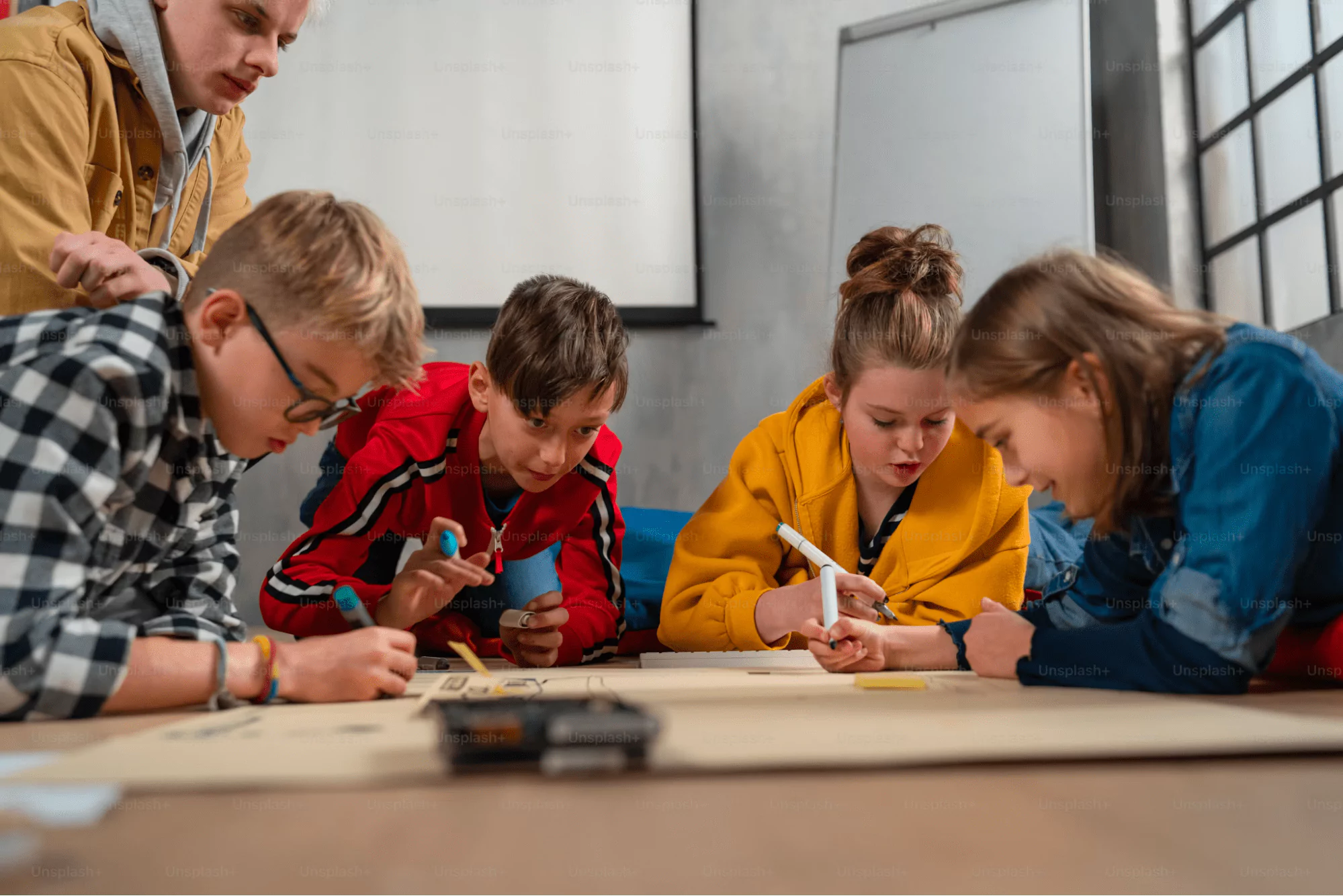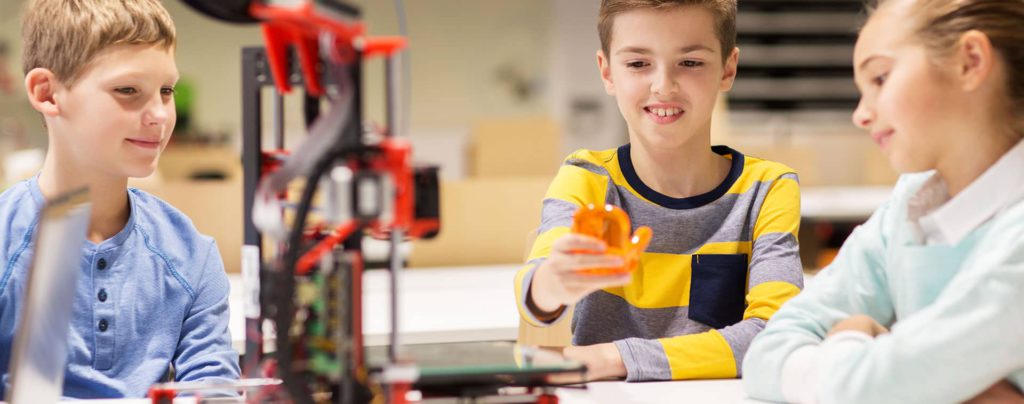
Update: This article was last updated on 12th Jun 2024 to reflect the accuracy and up-to-date information on the page.
Experiential learning is when you learn by doing things and thinking about what happened. It’s great for helping kids learn better. Product Development is turning an idea into something people can buy. This process is perfect for experiential learning. If kids do this, they can learn to find problems, come up with new ideas, plan how to sell them and think about business strategies.
In simple words, product development is a journey. Once the child starts this journey, each juncture teaches them something new by clearing apprehension, building confidence, and infusing risk-taking ability. At the end of the journey, the child emerges with a vast amount of knowledge and the experience enriches their future.
To understand the importance of product development experience for children, it is essential to first understand its basic process. Each industry has a different process, but broadly it can be divided into five stages:
1. Ideating
What do innovators and Child entrepreneurs do? They observe, identify the needs, define it, ideate, and innovate solutions. Mind you, not everybody can be an entrepreneur. If a child comes up with an idea, this exhibits a child’s extraordinary ability to observe, understand the needs of the society, and provide a solution through innovation. It may be a simple thing, but in the long run, a creative and imaginative brain will have a competitive advantage at every stage in life. A productive and innovative mind can carve a niche in any field.
2. Researching
Ideas are not instantly converted into products. It goes through the product validation stage, an important step to ensure that the product will serve the purpose. A lot of research goes to validate a product. Imagine your child explaining the idea to his audience, taking feedback from various sources, researching online, and doing competitive analysis – the entire process will enhance the knowledge quotient and strengthen cognitive ability.
3. Designing
Most people around us are brimming with ideas, but a few have the ability to convert their thoughts into something definitive. Ideas are intangible, therefore, every idea needs a certain shape and design before it reaches the production stage. After conceptualization, an innovator has to convert the ideas into a tangible product to take it to the manufacturers, and it requires creative imagination. A powerful tool, creative imagination helps in preparing a sketch, designing the elements of the product, and creating a prototype.
4. Prototyping
Innovators have to make several versions of the product before arriving at the final product. This is called prototyping. Full of challenges, this stage tests the patience and perseverance of the creator as they encounter flaws and spend hours polishing the prototype. It is their perseverance that motivates them to iron out the flaws and overcome obstacles to create the final product by learning from failures. Once that is done, sourcing the material for production and costing starts, which is another learning experience.

Arpana
5. Creating Roadmap
Charting a product roadmap includes defining the product, setting the timeline for the delivery of the product, business objectives, and strategy. Usually, the product roadmaps are dynamic and they evolve as per changing customer needs and market demand. Analyzing the size of the market for the product and the existing consumer demand is important to make it a profitable venture. Because a successful product should meet the requirements of the market as well as the consumers. Learning all this at a tender age can be a boon for the children.
Similar Blog: MCCOMB SCHOOL DISTRICT : EVERYTHING YOU NEED TO KNOW
Benefits Of Product Development For Kids
Creativity: Product development encourages kids to think creatively, fostering innovation and imaginative problem-solving.
Problem-Solving: Kids develop critical thinking skills by identifying problems, brainstorming solutions, and implementing them in product development.
Collaboration: Working on projects teaches teamwork and communication as kids collaborate with peers, teachers, or mentors.
Entrepreneurial Mindset: Engaging in product development introduces kids to business concepts and instills an entrepreneurial mindset.
Hands-On Learning: Product development provides practical, hands-on learning experiences across multiple subjects like STEAM.
Innovation Cultivation: It also nurtures a culture of innovation, preparing kids to become future innovators.
Engagement and Fun: Above all, product development is engaging and fun, sparking curiosity and passion for learning in kids.
Innovation doesn’t have to be earth-shattering; it could be a simple solution. It could be an alternative to plastic tumblers used at birthday parties or something eco-friendly to replace plastic boxes. What is important is the journey, the experience, and the gains from experiential learning!
Moonpreneur is on a mission to disrupt traditional education and future-proof the next generation with holistic learning solutions. Its Innovator Program is building tomorrow’s workforce by training students in AI/ML, Robotics, Coding, IoT, and Apps, enabling entrepreneurship through experiential learning.


























How do I get experience in product development?
It is recommended to complete an industrial engineering internship.
What exactly do you mean by experience, like any definition for kids?
Product development experience for kids could be turning any ideas into real things. It may be as simple as a kid making a dollhouse out of cardboard or as difficult as turning a small battery into a robotic machine.